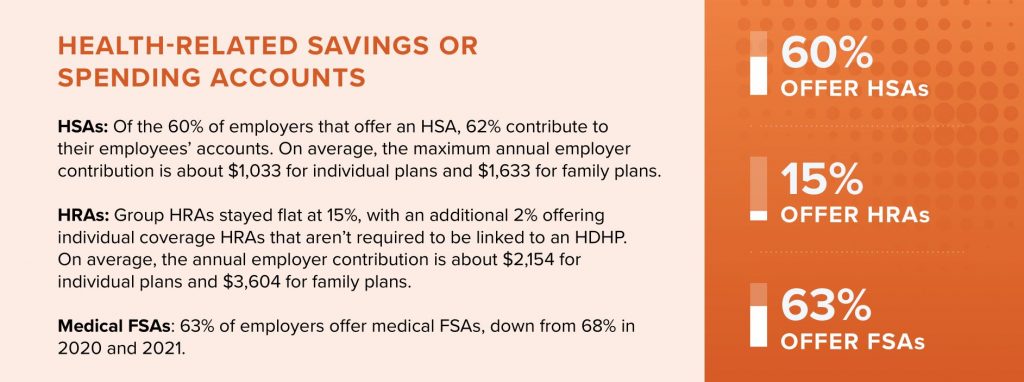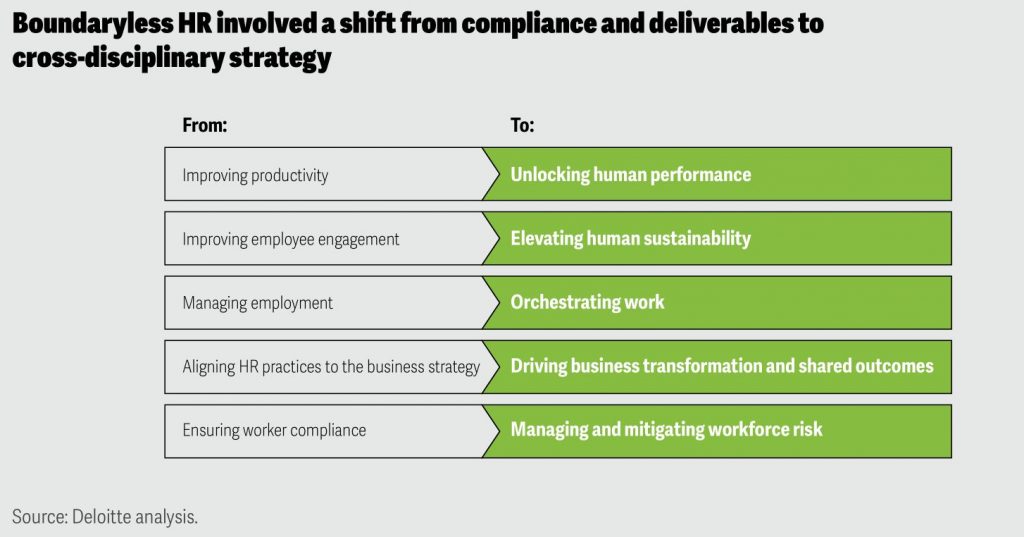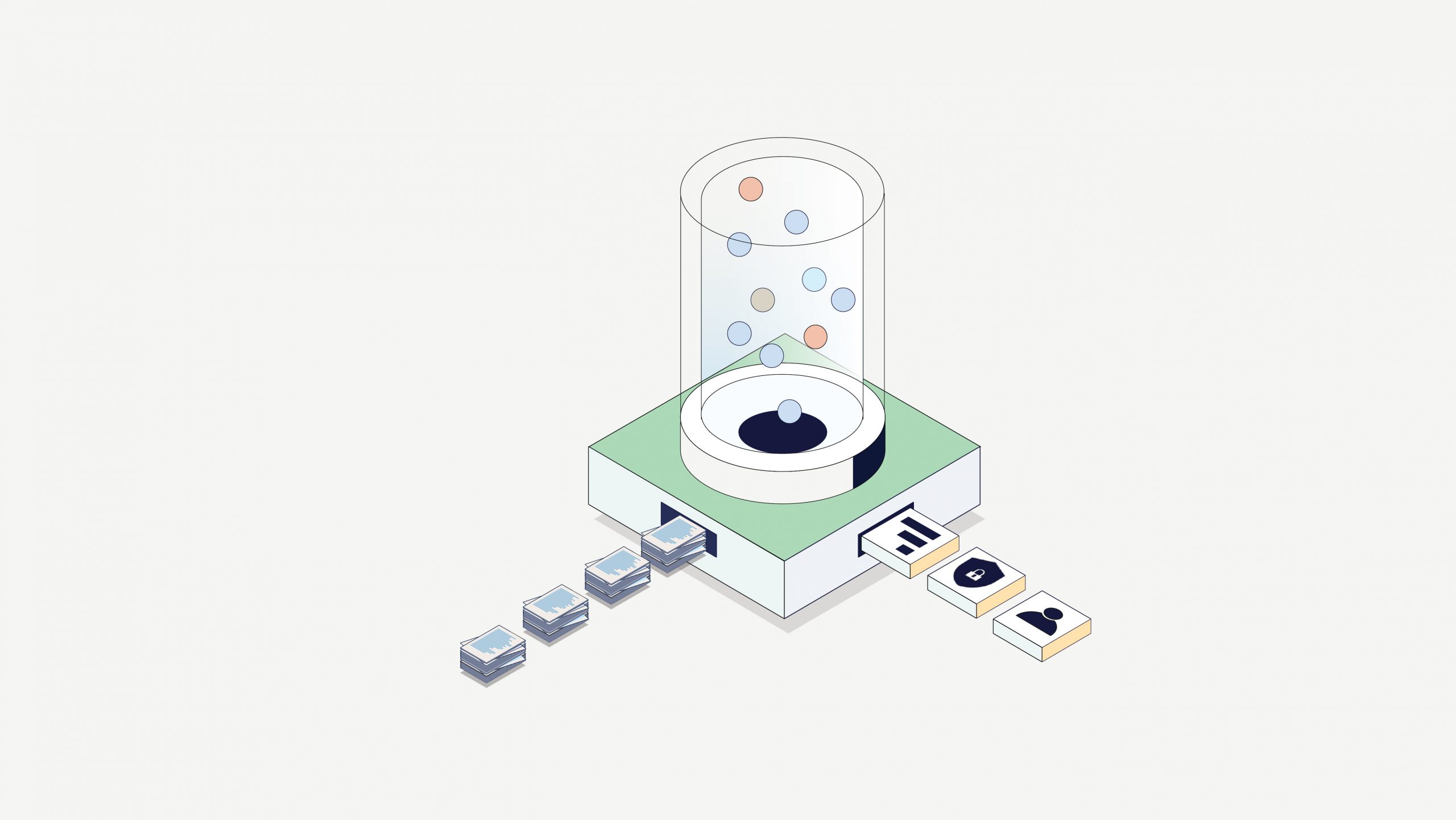Behind every benefits package is a human story. A new parent juggling childcare and career ambitions. A middle-aged employee managing a chronic condition while striving for peak performance. A near-retiree planning for the next chapter of life after decades of service. These aren’t just data points or policy numbers – they’re real people with complex needs, hopes, and challenges. They expect more than just a list of coverage options. They crave a benefits experience that understands and adapts to their unique life circumstances.
Technological innovation offers a promising solution. Artificial intelligence, mobile applications, predictive analytics, and even virtual reality are no longer futuristic concepts – they’re powerful tools reshaping our approach to benefits administration. But the true challenge lies not in implementing these technologies, but in wielding them to create deeply personalized, empathetic support systems.

Imagine the possibilities. A benefits platform that detects an employee’s elevated stress levels and proactively offers relevant mental health resources. A system that anticipates a growing family’s changing needs and suggests tailored healthcare and childcare options. An interface that doesn’t just help near-retirees crunch numbers but connects them with mentorship opportunities to ease their transition.
In this article, we’ll explore how this human-centered, tech-enabled approach to benefits administration isn’t just changing the game – it’s creating an entirely new playing field.
The Current State of Benefits Administration and Employee Experience
The landscape of employee benefits has never been more complex.
With most organizations offering some form of healthcare coverage, the sheer volume of options and configurations is staggering. Yet, despite this near-universal provision, many companies find themselves trapped in a labyrinth of outdated systems and processes, struggling to effectively manage and communicate these vital offerings.
An HR manager, surrounded by towers of paperwork, frantically tries to process last-minute benefit changes before the enrollment deadline. Across the office, an employee squints at a dense, jargon-filled benefits guide, attempting to decipher which health plan best suits their family’s needs. While seemingly exaggerated, these scenes play out in organizations across the globe with alarming frequency.

Source: SHRM Employee Benefits Survey 2024
The proliferation of specialized accounts further complicates matters.

Source: SHRM Employee Benefits Survey 2024
Each of these options, while valuable, adds another layer of complexity to an already intricate benefits ecosystem.
But the challenge extends beyond mere administration. In today’s talent-driven market, benefits packages are no longer just a nice-to-have — they’re a crucial differentiator in attracting and retaining top talent. When benefits administration falters, it’s not just an operational hiccup. It’s a direct hit to employee satisfaction and, by extension, to the organization’s bottom line.

Source: SHRM Employee Benefits Survey 2024
Despite offering competitive health plans and contributing generously to employee HSAs many employers find themselves dealing with increasing employee dissatisfaction. The culprit? Clunky, unintuitive benefits portal that leaves employees frustrated and uncertain about their coverage.
The writing is on the wall. Organizations need to transform not just what benefits they offer, but how they offer them.
For those tasked with navigating this transformation, the first step is a thorough assessment of current pain points. Where are employees struggling? What processes consume the most time and resources? Which benefits are underutilized due to complexity or poor communication?
The Role of Technology in Transforming Benefits Administration
The technological revolution in benefits administration is reshaping the insurance landscape, fundamentally reimagining benefit design, delivery, and management.
Artificial Intelligence and Machine Learning
AI and ML are revolutionizing underwriting and claims processing. Anthem’s AI-driven virtual-first plans are a great example of this transformation.
However, these advancements come with challenges, such as
- Data privacy concerns and potential algorithmic bias
- Need for explainable AI models to ensure transparency.
- Balancing automation with human oversight for complex cases

The industry must navigate these issues while adhering to frameworks like the NAIC’s AI Principles, which emphasize fairness, accountability, and transparency.
Blockchain and Smart Contracts
Blockchain technology offers unprecedented security and transparency in benefits administration. AXA’s Fizzy, a flight delay insurance product, was an early example of how forward-thinking organizations can use this tech. Although it has since been discontinued, it remains a good use case for how similar solutions could be applied to creating interoperable health records, streamlining claims across multiple providers.
However, significant hurdles remain in the widespread adoption of this tech…
- Regulatory challenges, particularly in data protection and cross-border transactions
- Substantial upfront investment requirements
- Need for industry-wide standards and protocols.
Advanced Analytics and Predictive Modeling
UnitedHealthcare introduced the use of predictive analytics to help improve well-being, lower costs and drive engagement in clinical intervention programs by addressing social determinants of health for people in some employer-sponsored benefit plans. This success paves the way for more dynamic, responsive insurance models, including
- Real-time adaptive pricing based on health data.
- Hyper-personalized benefit packages
- Proactive health interventions based on predictive analytics.

Ethical considerations around the use of predictive health data in underwriting decisions remain a key industry challenge.
Integration and API Ecosystems
With all of this emerging tech, there is a logical drive industry-wide for allowing effortless connection with various HR and payroll systems. The idea is to create a unified ecosystem for benefits management, enhancing efficiency and user experience.
This shift in Insurtech priorities comes with its own set of challenges though…
- Standardizing data across diverse systems
- Ensuring data integrity and security
- Navigating complex partnerships and integrations
Emerging Technologies in Benefits Administration
Several technologies promise to further revolutionize the industry, changing how benefits are administered.
- Quantum computing for advanced risk modeling and fraud detection
- Internet of Things (IoT) for real-time health monitoring and dynamic policy adjustments
- Virtual and Augmented Reality for immersive benefits education and remote health consultations
To thrive in this new era, insurers must adopt a strategic approach to technology implementation. This involves investing in modular, API-first architectures, developing robust data governance frameworks, and fostering a culture of continuous learning.
Enhancing Employee Experience through Technology
Organizations are leveraging a growing suite of digital tools and applications to not only improve business outcomes but also to create better experiences for their workforce.

Communication and Education
Effective communication is the cornerstone of a positive employee experience. With 90% of employers now offering mental health coverage, the challenge lies not in provision, but in ensuring employees understand and utilize these benefits effectively.
- AI-powered systems can tailor benefits information to individual employee circumstances, life stages, and usage patterns. For instance, a young employee might receive targeted information about health savings accounts and preventive care, while an employee nearing retirement might see more content about 401(k) catch-up contributions and Medicare supplemental plans.
- Multi-channel communication has become essential, especially in the era of remote and hybrid work.
Organizations should look at utilizing a wide range of tools, such as
- Interactive webinars and virtual benefits fairs
- Personalized video explanations of complex benefits
- AI-powered chatbots for 24/7 benefits inquiries
- Gamified learning modules to increase engagement with benefits information.
- Storytelling in benefits communication is gaining traction. By presenting benefits information through relatable scenarios and employee testimonials, complex concepts become more accessible and memorable. This is particularly effective in promoting underutilized benefits, such as employee assistance programs and wellness initiatives.
Mobile Accessibility
In 2023, 71% of US employers operated a hybrid workplace. As a result, mobile accessibility of benefits information is no longer a luxury—it’s a necessity. Mobile apps are becoming the primary interface for employees to interact with their benefits, offering features such as
- Real-time access to benefits information and ID cards
- One-click telemedicine appointments
- Health spending account balance checks and claims submission.
- Push notifications for important deadlines and wellness reminders.
For HR and benefits administrators, this mobile-first approach opens new avenues for real-time data collection and personalized service delivery. By analyzing app usage patterns, organizations can identify trends in benefits utilization and proactively address underused services or emerging needs.
Customization and Flexibility
The one-size-fits-all approach to benefits is rapidly becoming obsolete. Today’s workforce demands customization and flexibility, and technology is making this possible at scale.
Advanced benefits platforms now offer:
- Flexible enrollment periods beyond traditional annual windows
- Modular benefit designs allowing employees to build custom packages.
- Integration with external wellness apps and fitness trackers
- Real-time adjustments to coverage based on life events.
This level of customization not only improves employee satisfaction but also allows organizations to offer more targeted, cost-effective coverage options.
Employee Feedback and Sentiment Analysis
In the digital age, gathering and analyzing employee feedback has become more sophisticated and impactful than ever before. Sentiment analysis, powered by natural language processing algorithms, allows organizations to gain deeper insights from employee surveys, benefits portal comments, and even social media mentions.
This technology enables
- Real-time tracking of employee satisfaction with benefits offerings
- Identification of emerging trends and needs in benefits preferences
- Early detection of potential issues or misunderstandings about benefits

However, the true power of feedback lies not just in collection, but in action. Leading organizations are creating closed-loop systems where employee feedback directly informs benefits strategy and design. This might involve:
- Quarterly benefits adjustments based on utilization data and feedback.
- Employee-driven innovation challenges for new benefits ideas
- Transparent communication about how feedback is incorporated into benefits decisions.
By leveraging these technologies, organizations can position themselves as responsive, employee-centric partners to their workforce. This approach not only enhances the perceived value of benefits packages but also creates a more engaged, satisfied workforce.
Adopting a Human-Centered Approach to Technology Implementation
Cocreation has emerged as a crucial strategy for implementing technological solutions that truly meet worker needs. Cocreation involves collaborating with workers to design and implement technology solutions, fostering trust and transparency in the process. This approach recognizes that workers are not just end-users but valuable contributors to the design process.
For example, when PayPal embarked on a new initiative to improve workers’ financial health, they involved workers in designing and testing new features. The organization estimated that for every decrease of 1% in attrition, they would save $500,000 a year from reduced training, recruiting, and onboarding costs plus improved productivity.
To implement effective co-creation strategies, businesses should
- Establish clear channels for worker input and feedback.
- Create cross-functional teams that include workers from various levels and departments.
- Use design thinking methodologies to facilitate collaborative problem-solving.
- Regularly communicate progress and incorporate worker suggestions visibly.
Creating Digital Playgrounds
Digital playgrounds are emerging as vital spaces for technology exploration and innovation. These safe environments allow workers to experiment with new technologies, build skills, and drive innovation without the fear of failure.

Source: Deloitte 2024 Human Capital Trends
The concept of digital playgrounds aligns with the growing need for continuous learning and adaptation in the workplace.
For instance, the Vancouver Airport Authority launched a virtual, real-time interactive representation of the airport, expressly created for experimentation. This platform allows teams to improve various outcomes, from managing ground traffic control to enhancing worker safety and reducing carbon emissions.
To create effective digital playgrounds,
- Provide access to cutting-edge technologies and tools.
- Encourage experimentation and risk-taking.
- Facilitate cross-functional collaboration within these spaces.
- Recognize and reward innovative ideas that emerge from these playgrounds.
Fostering Workplace Microcultures
The concept of workplace microcultures, or a “culture of cultures,” is gaining traction as organizations recognize the diverse needs of different teams and workgroups.

Microcultures allow for flexibility and adaptability within the broader organizational culture, catering to the unique needs of different teams or departments. For example, in a consumer products company, the research and development function might have a microculture focused on education and discovery processes, while the social media marketing team prioritizes speed and creativity.

Source: Deloitte 2024 Human Capital Trends
However, fostering microcultures can be challenging. Executives ranked this as the most difficult trend to address, highlighting the complexity of balancing organizational cohesion with team-specific cultures.
To successfully foster workplace microcultures,
- Establish clear overarching organizational values.
- Empower team leaders to develop practices that align with these values but cater to their team’s specific needs.
- Regularly assess and share best practices across microcultures.
- Ensure there are strong connectors or “cultural translators” between different microcultures.
Embracing a Boundaryless HR Approach
The shift towards a boundaryless HR approach represents a significant evolution in how organizations manage their human capital. This approach moves HR from a siloed function to an integrated discipline that permeates the entire organization.

The boundaryless HR approach emphasizes cross-functional collaboration and integration of HR practices throughout the organization. For instance, Johnson & Johnson’s HR Decision Science team includes experts from across the organization, working together to drive science-based and data-driven people decisions across talent practices.
To transition to a boundaryless HR model, organizations should
- Develop cross-functional teams that include HR and other business units.
- Integrate HR data and insights with other business data for more comprehensive decision-making.
- Train managers and leaders across the organization in core HR competencies
- Redefine HR roles to focus on strategic partnership and organizational capability building.

By adopting these human-centered approaches to technology implementation, organizations can create more engaging, productive, and innovative work environments that benefit both the business and its workers.
Conclusion
Technology has changed benefits administration for the better. It’s not just about computers anymore. It’s about smart systems that think and learn.

Source: Deloitte 2024 Human Capital Trends
AI personalizes benefits. It knows what each worker needs. Mobile apps give access anytime, anywhere. Workers control their benefits from their phones. Data shows what works and what doesn’t. Numbers don’t lie.
Good tech means better benefits. It’s faster. It’s smarter. It costs less. Better benefits mean happier workers. They feel valued. They stay longer. Happier workers do better work. They care more. They try harder.
Source: Deloitte 2024 Human Capital Trends
But knowing isn’t doing. Many companies talk about change. Few make it happen.
The future is clear. Use tech well. Make it work for people, not just profits. Put workers first. Listen to them. Build what they need.



